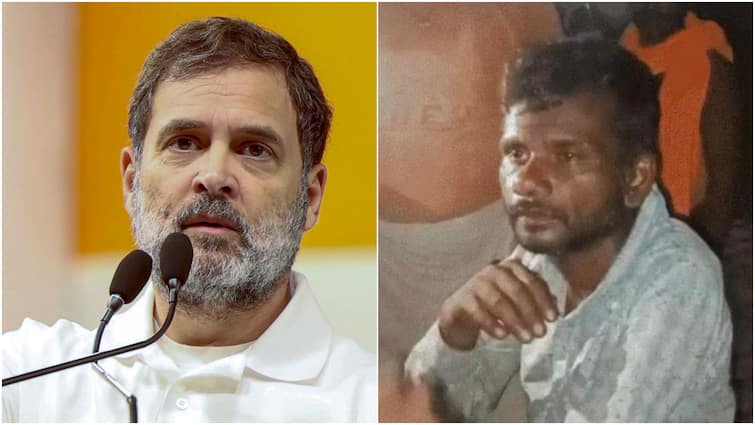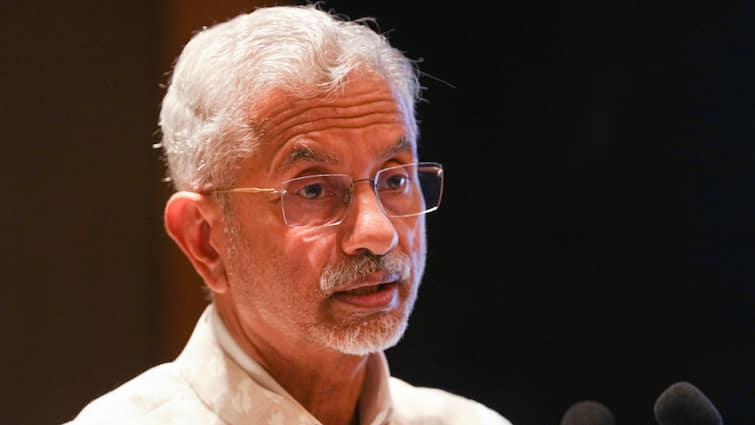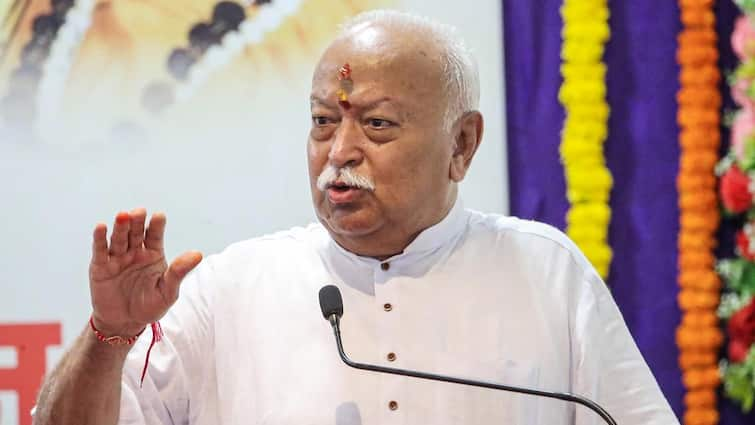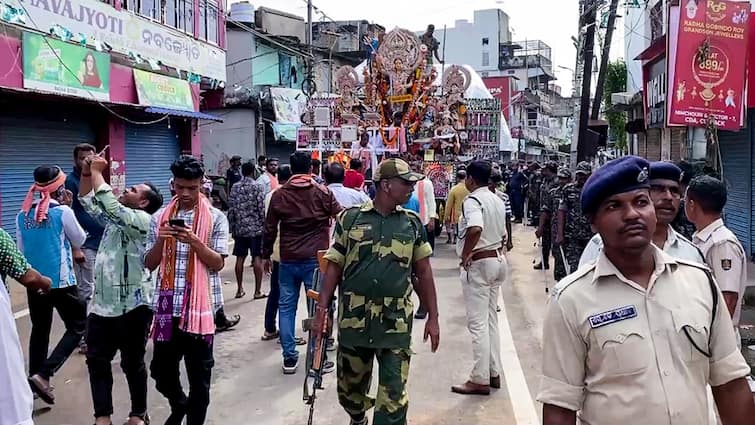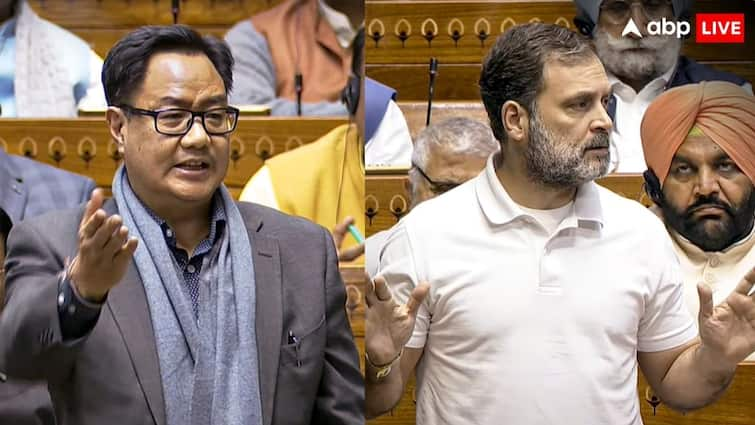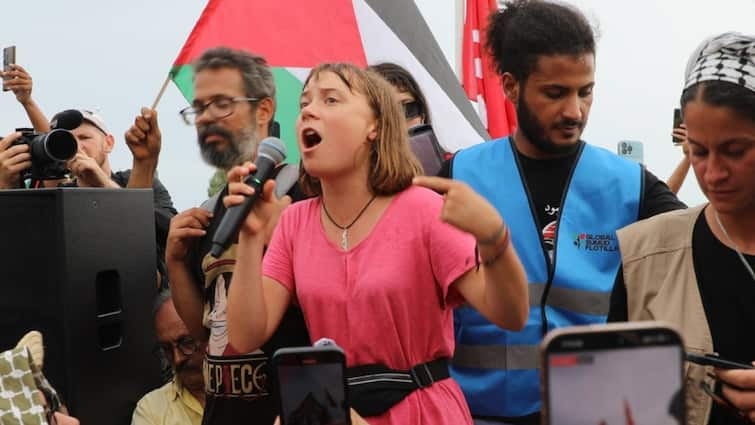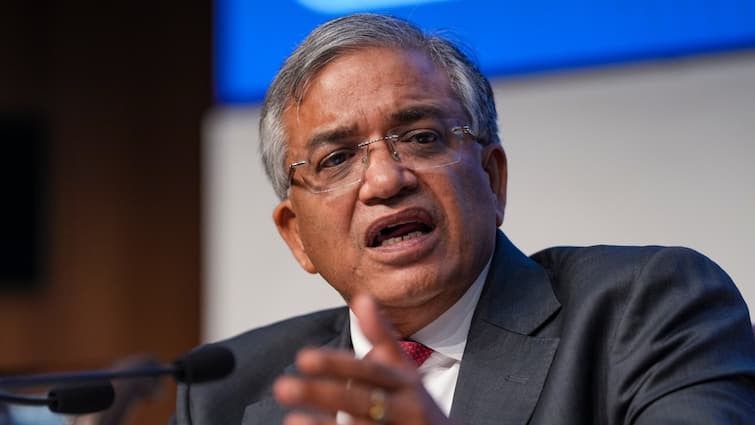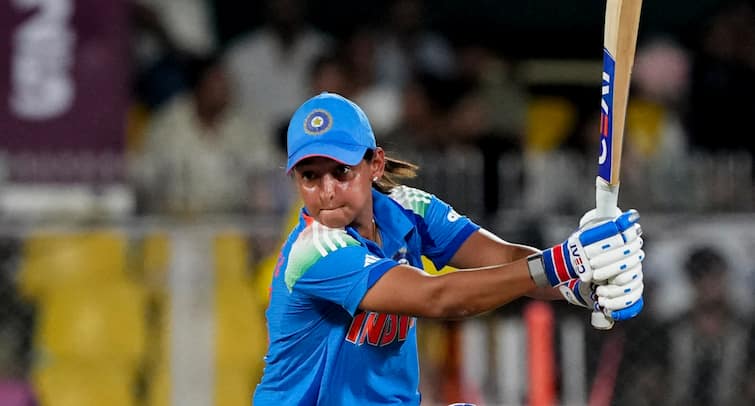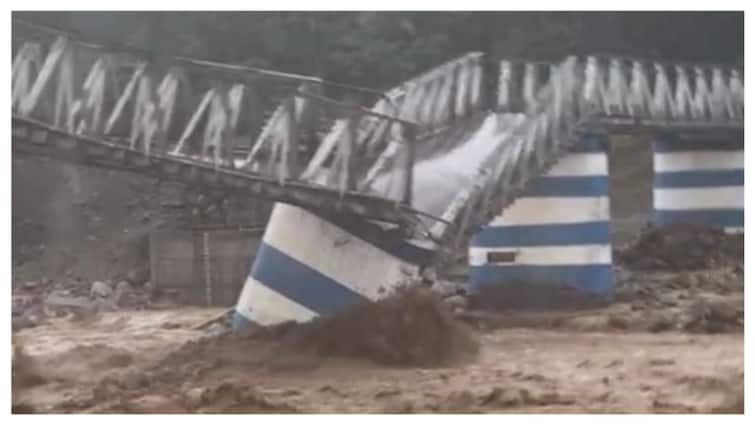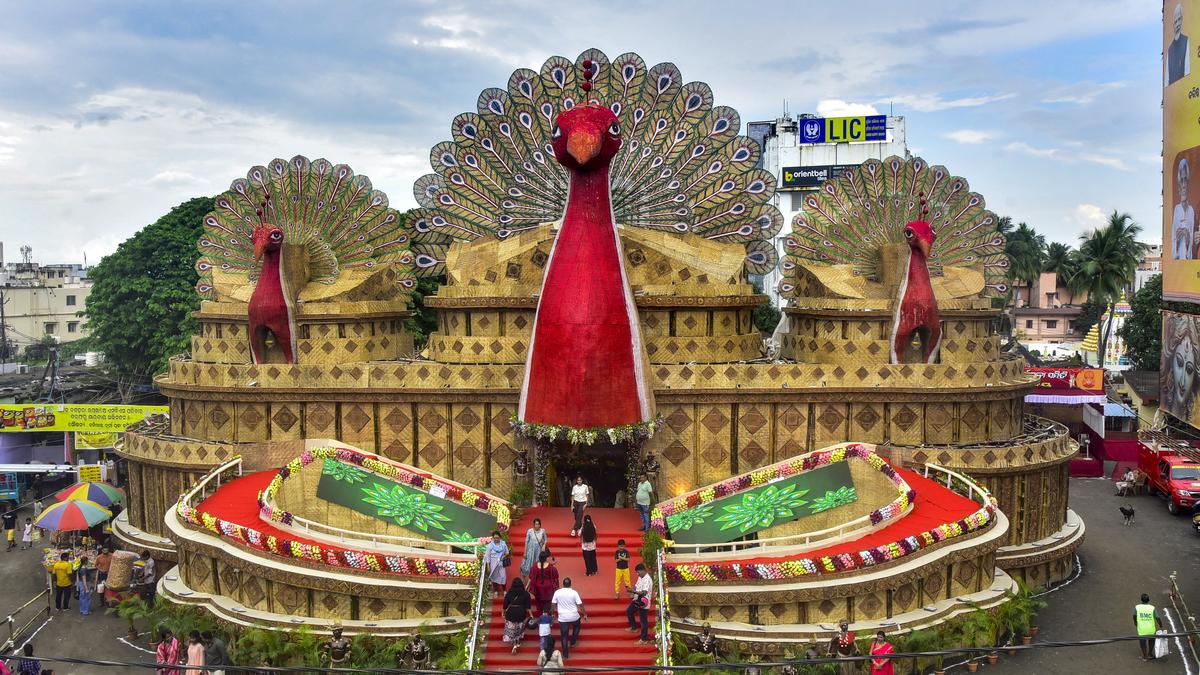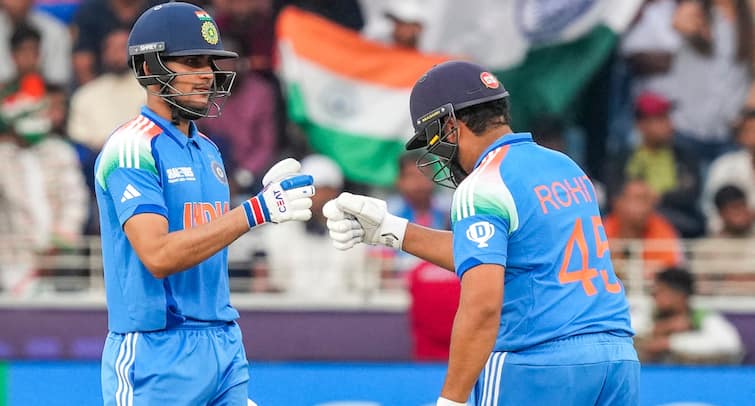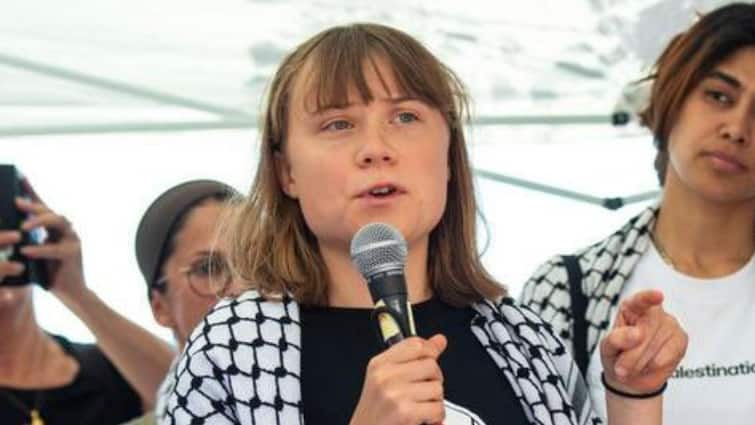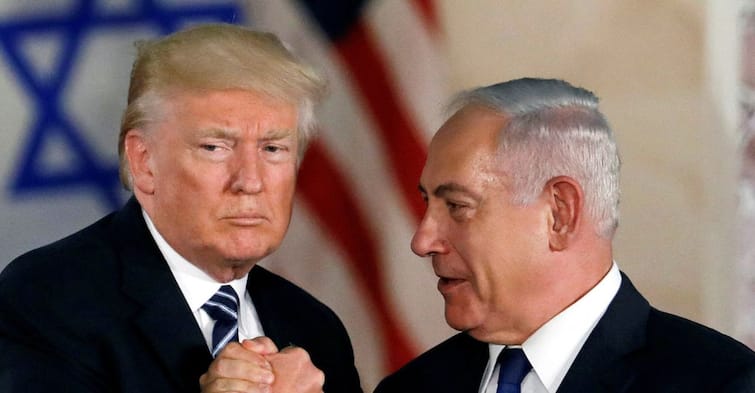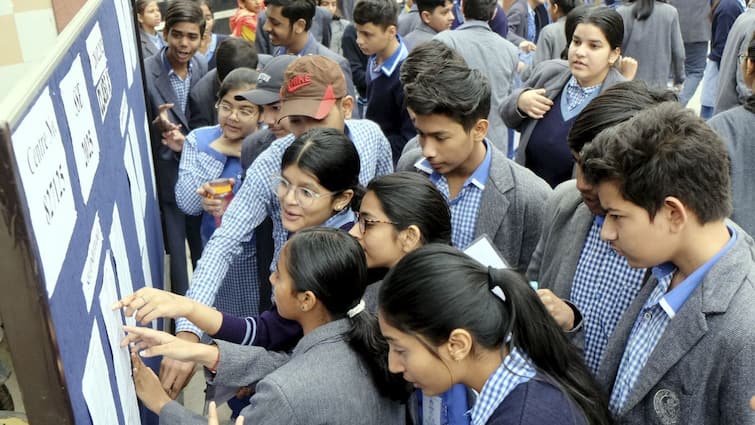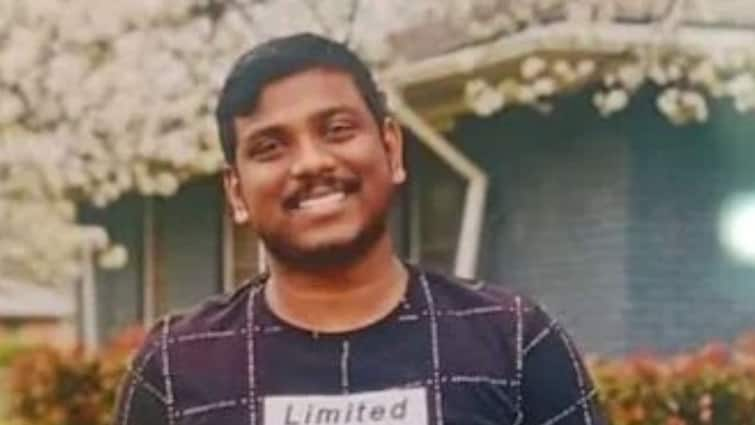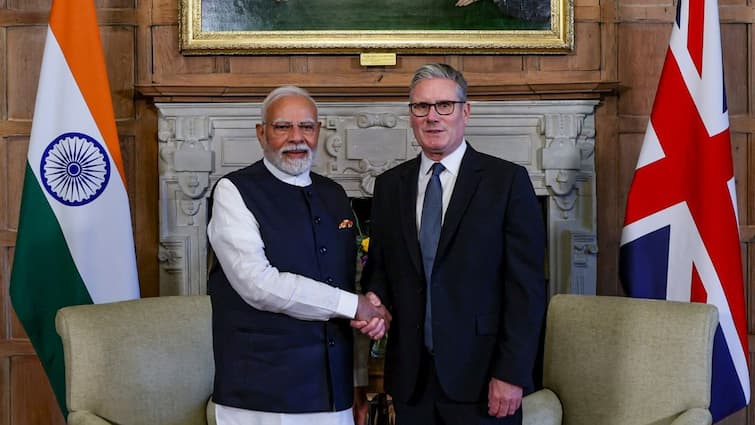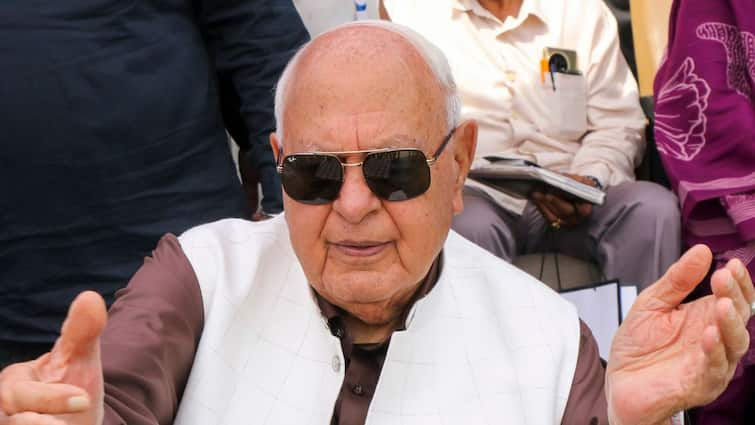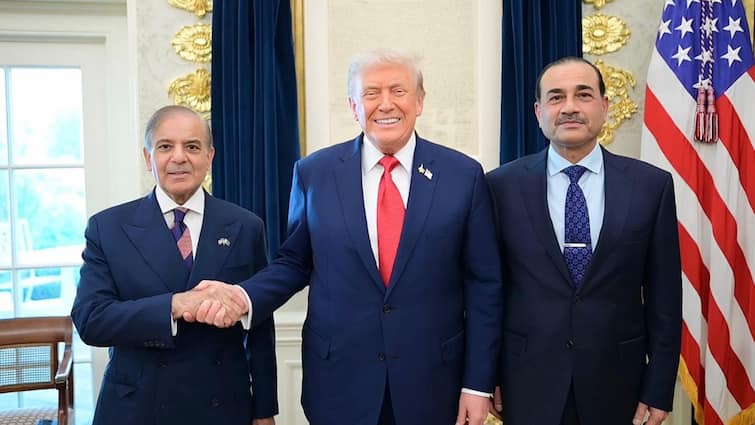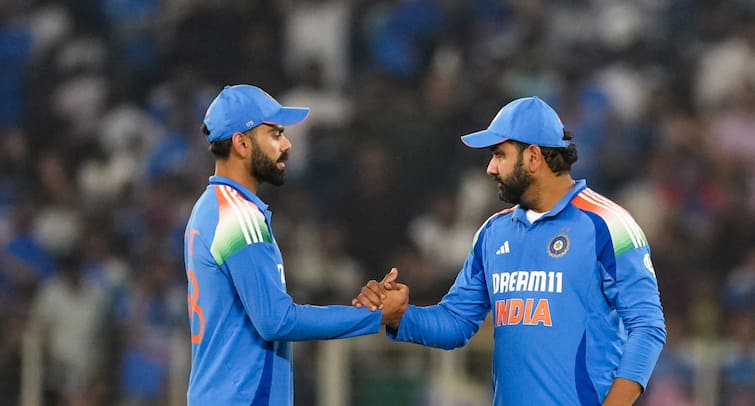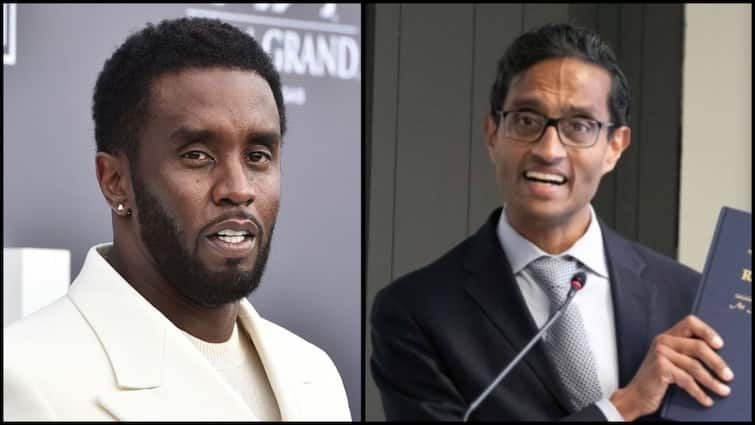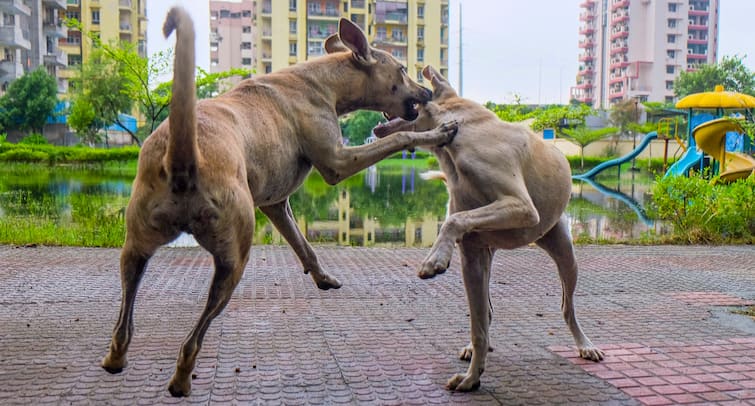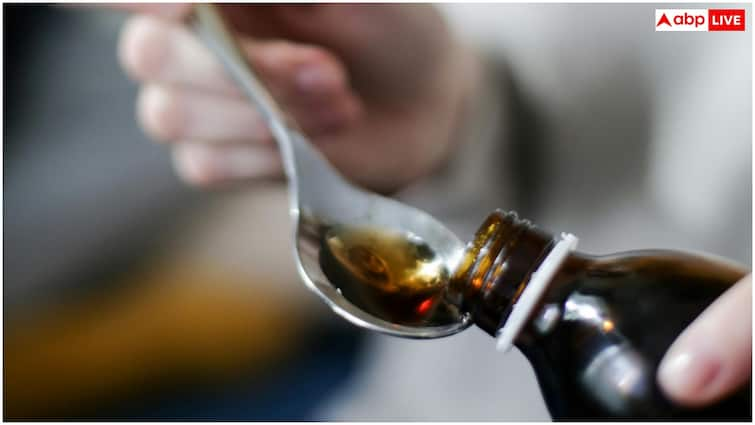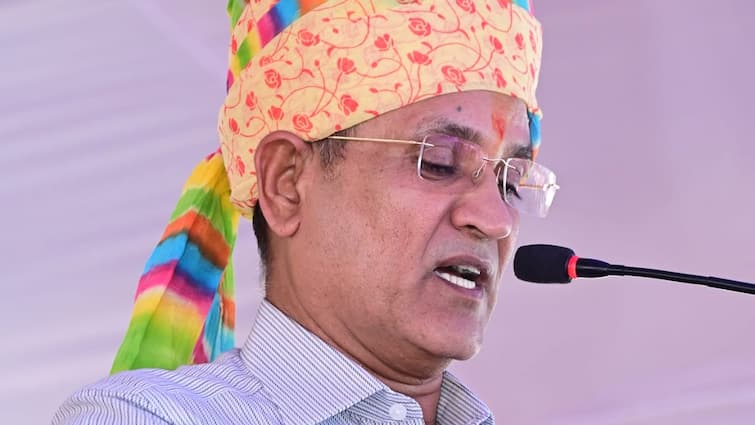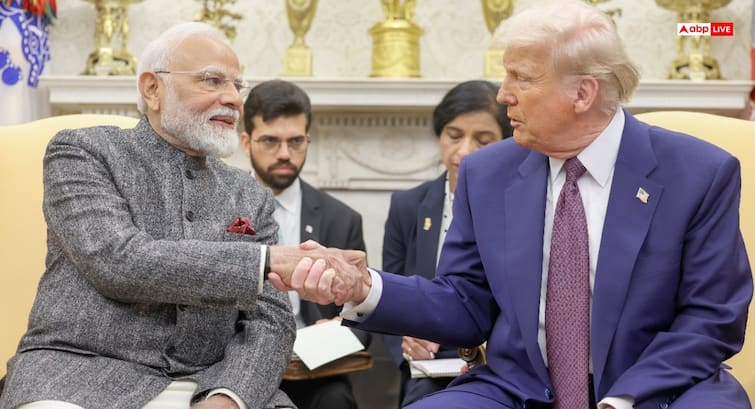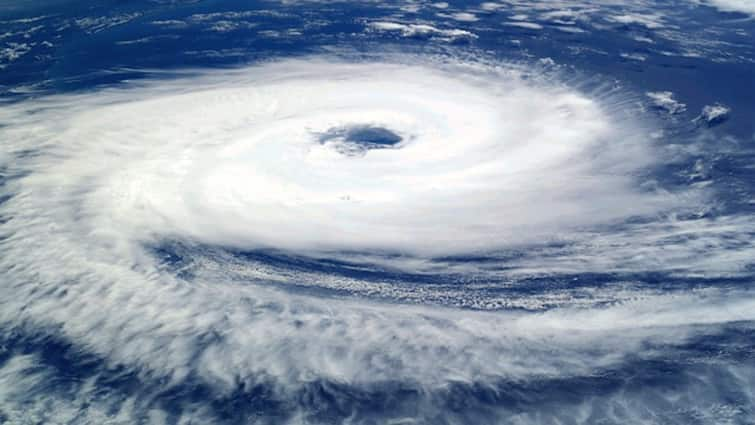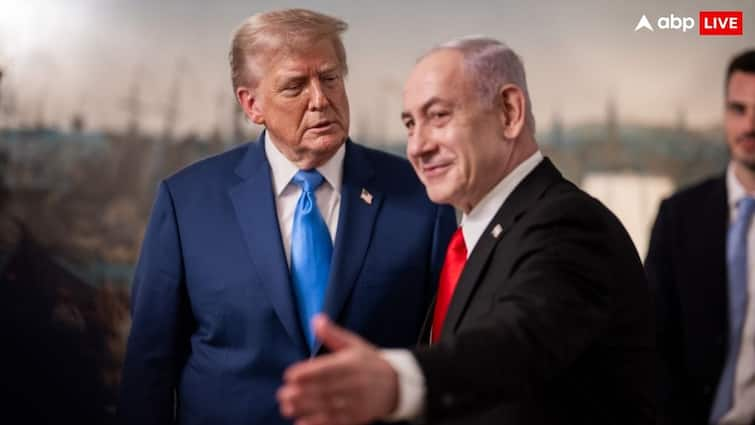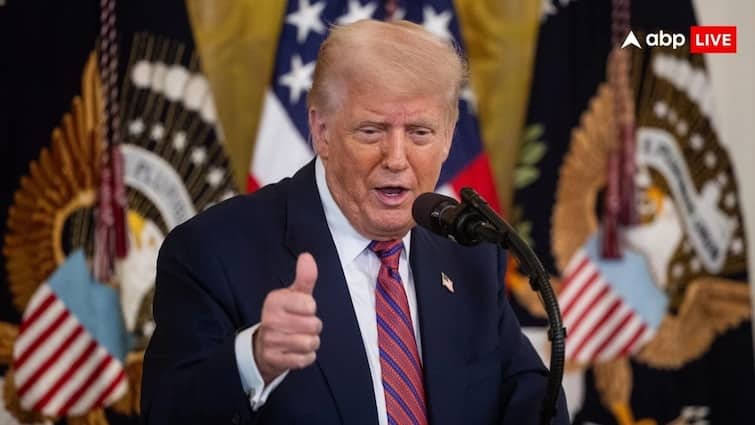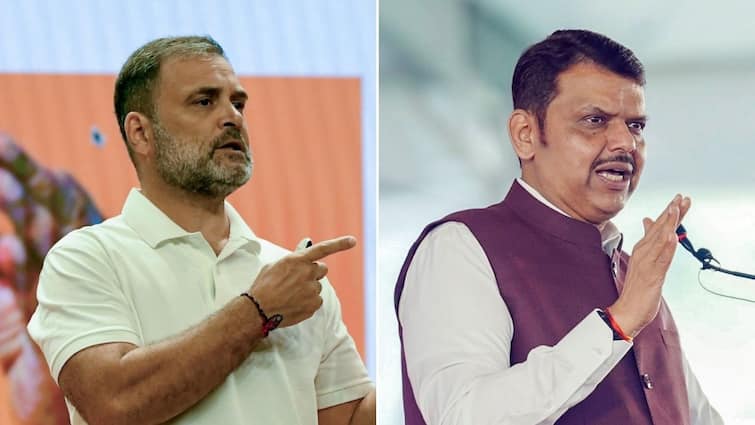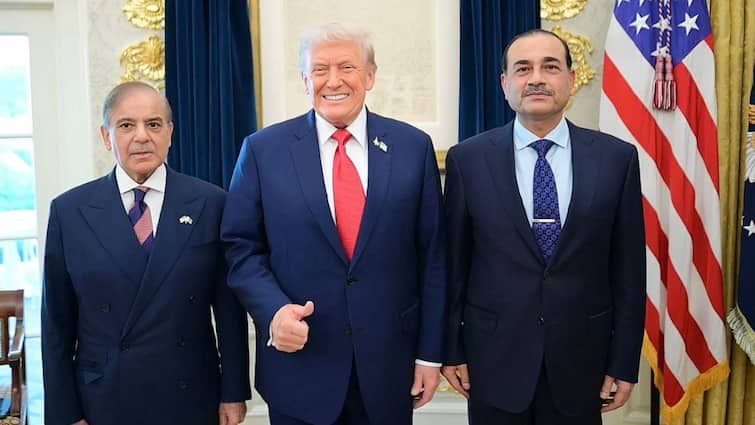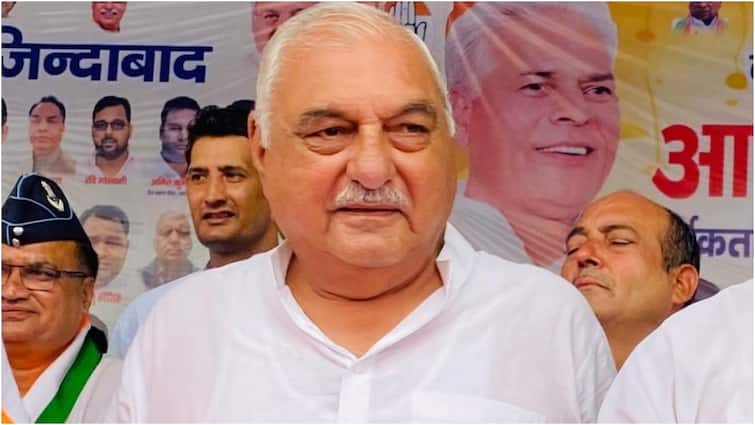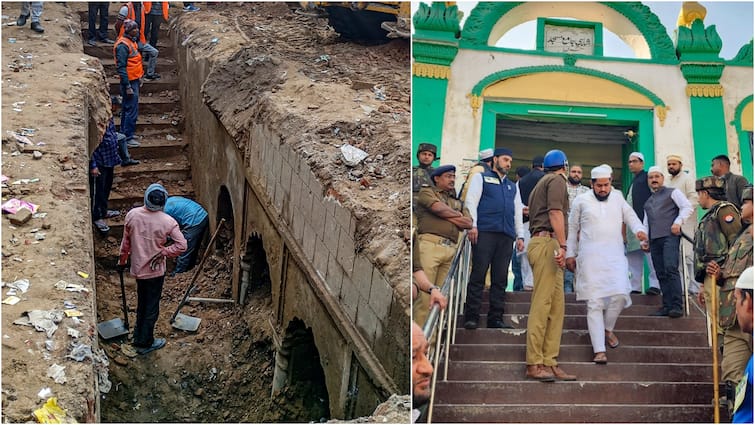
The Uttar Pradesh government told the Supreme Court that the well near Sambhal’s Shahi Jama Masjid is public property and not part of the mosque. In a status report submitted on Monday, the state government stated that claims linking the well to the mosque were false. The well is among 19 ancient wells slated for restoration by the district administration.
The legal dispute over Shahi Jama Masjid stems from claims that it was originally a Harihar temple. The Supreme Court had earlier put an interim stay on lower court proceedings in the case. Meanwhile, the mosque committee has filed a petition against the excavation and search for ancient wells in Sambhal, particularly seeking to maintain the status quo for the well near the mosque. The committee argued that any excavation and claims of it being a temple’s well would lead to the commencement of religious activities at the site.
On 10 January, the Supreme Court had stayed a municipal notification that referred to the well near the mosque as a temple well. The matter is set for further hearing on 25 February, and the apex court had sought a status report from the Uttar Pradesh government.
ALSO READ | Sambhal DM Says No To Decoration In Mosque During Ramzan
Mosque Committee Misled SC By Presenting Incorrect Photographs: UP Govt
In its submission, the state government contended that the mosque committee misled the court by presenting incorrect photographs. The report noted that there is no access to the well from inside the mosque. A three-member committee comprising the Sub-Divisional Magistrate of Sambhal, the area officer, and the executive officer of the municipal council inspected the site and found that the well was outside the mosque boundary. The government claimed the petitioner had presented misleading photographs to falsely suggest that the well was within the mosque premises.
The Shahi Jama Masjid itself stands on public land, the government asserted.
The well, locally known as ‘Dharani Varah Koop,’ has historically been used by people of all communities. Following communal riots in 1978, a police outpost was built over a portion of the well, while the other part remained in use. However, around 2012, the well was covered, the government stated.
The well currently has no water. “The subject well is part of the 19 wells being revived by the district administration for rainwater harvesting, water recharge, and use by all communities,” the report stated. These historic wells are expected to enhance Sambhal’s cultural identity.
The government believes that the development of a new cultural identity will attract a significant number of tourists. Plans include creating a parikrama path, signboards, and other facilities. However, the mosque committee is attempting to hinder these developmental efforts, it contended terming the committee’s plea as illegal.
The government is actively working to maintain peace and harmony in the region, and restricting the use of public wells is not advisable in this context, it stated.
The Hindu side is also expected to present its arguments in Tuesday’s hearing. During the previous hearing, advocate Vishnu Shankar Jain, representing the Hindu side, claimed that Hindus used to perform religious rituals at the well until 2006. He alleged that as the population of a particular community grew in the area, Hindus stopped visiting the site. Jain stated that they would present evidence in court regarding this matter.
Doonited Affiliated: Syndicate News Hunt
This report has been published as part of an auto-generated syndicated wire feed. Except for the headline, the content has not been modified or edited by Doonited





